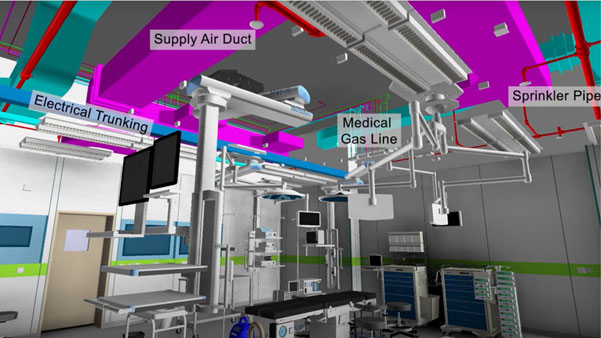BIM Coordination
BIM (Building Information Modelling) coordination is the process of ensuring that all the elements of a building project are properly integrated and coordinated within the BIM model.
The process involves checking and resolving potential clashes, overlaps, and design conflicts between different building systems, such as structural, architectural, mechanical, electrical, and plumbing. The following are the steps involved in the BIM coordination process: Creation of BIM Models: First, each discipline involved in the construction project creates a 3D BIM model of their respective building systems, such as architectural, structural, MEP (Mechanical, Electrical, and Plumbing) systems, etc.

Clash Detection: The models are then imported into BIM coordination software, where the clash detection process is initiated. Clash detection software compares the different models and highlights any areas of conflict. Review and Analysis: Once clashes have been detected, the project team will review and analyze them to determine the severity and scope of each issue. This is an important step to ensure that conflicts are resolved efficiently and effectively.
Issue Resolution: After the review and analysis of the clashes, the team then resolves the issues by either modifying the design or the location of the building components, or by coordinating with other disciplines to resolve the issue. Update the Model: Once issues have been resolved, the BIM model is updated to reflect the changes.
Repeat Process: The coordination process is repeated until all conflicts have been resolved, and the BIM model is free of conflicts. In summary, the BIM coordination process involves creating BIM models for each building system, detecting clashes, reviewing and analyzing conflicts, resolving issues, updating the model, and repeating the process until all conflicts have been resolved.
The goal of BIM coordination is to ensure a more efficient construction process and reduce the risk of delays, cost overruns, and construction errors. To get acquainted with our professionals and learn more about our ongoing projects, you may follow our LinkedIn and subscribe our YouTube channels.

